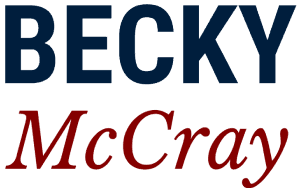How does the Idea Friendly method work for housing?
Usually when I present the Idea Friendly Method, there is someone who thinks it won’t work for their problem or project. Usually, we find a way it can.
One time, an audience member brought up housing. It doesn’t seem like our usual pop-up, temporary, experiment ideas would work here. But of course they will.
Here’s one way you could go about it.
Pop up a temporary neighborhood. Put up pretend houses made of cardboard. Or borrow homey looking garden sheds. Or bring in the demonstration models that builders take to home shows. Anything that can stand in for actual housing.
Do it on an empty lot where you’d like to do housing. Do it in a park. Do it in a parking lot. Anywhere that allows you to bring people in.
Then hold a very real picnic in the pretend neighborhood. Invite the whole community. Get everyone talking about what kind of houses people need in town, where they want them, how much people can afford, and who can help.
Gather Your Crowd, Build Connections, Take Small Steps. Those are the parts of the Idea Friendly Method.
You Gather Your Crowd by getting people talking about the big goal. You’re doing that at the picnic and in marketing the event. You know people are going to see your pop-up neighborhood, and that will get them talking. (They’ll say you’re crazy first, but that’s just an invitation to talk about your big goal.)
You Build Connections by getting people together in person, like at your event. Doing the event also gives you an excuse to talk to all kinds of people about the big goal of housing. The event opens the conversation so you can ask, “Who do you know who knows more about housing issues?” or “Who do you know who has (something we need)?”
You Take Small Steps by doing a temporary event. It’s much easier than building that first real house, but it kicks off the same kind of conversation and activity that construction would. You may be a long way from breaking ground, but you might be really close to your temporary neighborhood.
What’s your big idea? How could you use the Idea Friendly Method to get it moving?
Keep shaping the future of your town,
Becky
